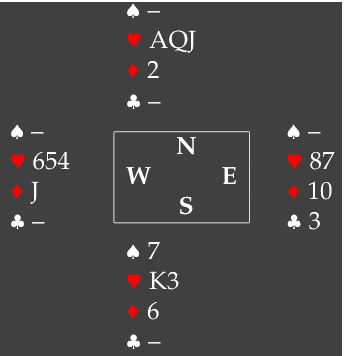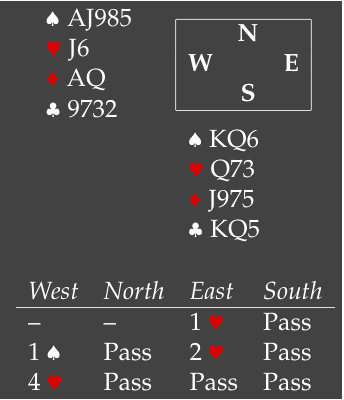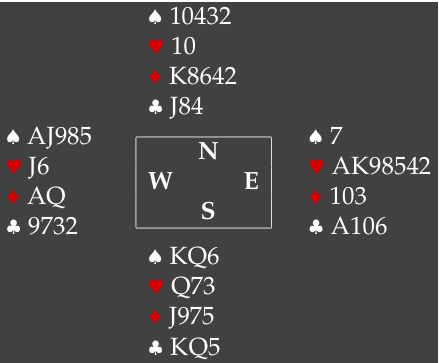 Yesterday was June 6, the day of operation Overlord, that is the allied invasion in Normandy. The day is also known as D-Day, though that is technically wrong. D-Day is used in military planning as a shortcut for the day when a military operation starts (and there is also H-Hour, for the time of the day), before it is known when the operation will take place. There was a D-Day for any military operation, for Overlord, the variable was set to June 6, 1944.
Yesterday was June 6, the day of operation Overlord, that is the allied invasion in Normandy. The day is also known as D-Day, though that is technically wrong. D-Day is used in military planning as a shortcut for the day when a military operation starts (and there is also H-Hour, for the time of the day), before it is known when the operation will take place. There was a D-Day for any military operation, for Overlord, the variable was set to June 6, 1944.
Of course, this meant that one of the TV stations here broadcasted the 1962 movie about this event: “the longest day”. The movie is decent, considering when it was made, and there is even bridge in it. At some point, a German general decides to ignore messages about a possible invasion and continues to play his 2♠ contract. I think that this is historically wrong. While it is known that US general Eisenhower played bridge in order to distract his mind while waiting for news from the front, it looks unlikely that a German general would have played bridge. The Nazi regime had outlawed bridge as a jewish-imperialistic sport in 1939 and, back then and probably even today, Skat was a far more popular card game in Germany.
That said, it is kind of fitting that that I received a mail about a 2♠ contract while watching this movie. Here is the end position, the hand is from the TD exam last Saturday, the question came from a friend who got the answer wrong. Teams, decent but not top-level.
 South is declarer in 2♠, having won 6 tricks so-far and with west on lead. West returns the ♦J and south claims the balance by stating that he will ruff and cash 3 hearts, for 10 tricks in total. EW, of course, object when they see his hand. Your decision?
South is declarer in 2♠, having won 6 tricks so-far and with west on lead. West returns the ♦J and south claims the balance by stating that he will ruff and cash 3 hearts, for 10 tricks in total. EW, of course, object when they see his hand. Your decision?
In case your are not a TD, there are essentially 2 solutions. First, you can assume that south will revoke on the diamond return (law 64). He takes the 3 remaining hearts. He then has to hand over 2 tricks, the trick where he revoked plus one as a penalty for revoking. That means that the result on the board will be 2♠, making.
The second solution is to consider south’s statement a claim explaining how he will take the last 4 tricks. The claim is wrong and should be corrected (law 70) by giving west his diamond trick and then the balance to south, for 2♠ with an overtrick.
Apparently the official answers handed out after the exam on Saturday preferred the first solution but this was later corrected to the second solution. I agree with that, the key is that south never actually revoked, he only announced a line of play that would involve a revoke. That is, of course, not allowed and should be corrected, but it is not an actual revoke. Hence, law 70 applies and not law 64.
Fortunately, my friends Christa (who sent me the hand) and Klaas, passed the written exam anyway, congratulations to both of you.
And as June 6 is about defending, here is a defensive problem from yesterday’s duplicate. IMP-pairs, so your goal is to defeat the contract, not to worry about overtricks.
 You are defending 4♥ and make the obvious ♣K lead, ♣2, ♣8, ♣A, playing standard signals. Declarer continues with the ♥AK, partner playing the ♥10 and ♦8. Now the ♣10 is played from hand, your turn?
You are defending 4♥ and make the obvious ♣K lead, ♣2, ♣8, ♣A, playing standard signals. Declarer continues with the ♥AK, partner playing the ♥10 and ♦8. Now the ♣10 is played from hand, your turn?
Time to take stock. Partner is marked with the ♣J and the ♦K. Declarer started with 7 hearts and has 9 tricks so-far: 6 hearts and 3 aces. You can assume that he saw the ♦8 as well, so it is unlikely that he will take a diamond finesse before having tried all other options.
Declarer is obviously trying to set up a 10th trick in clubs. With a doubleton club, this is an unlikely play to work even though it is possible to come up with double-dummy layouts where this works with the right guesses. It is far more likely that declarer has 2 (or more) spades and he will try to set up the 10 trick in that suit. Besides that, a doubleton club gives partner ♣J864 and it is unlikely that he’d played the ♣8 from that holding in trick 1.
With 4 clubs, declarer’s shape will be something like 1♠-7♥-1♦-4♣. The ♣J will drop under the ♣Q, but in this case, declarer always had at least 10 tricks.
With 3 clubs, declarer’s shape will be 1♠-7♥-2♦-3♣ or similar. Partner has the jack, so your side will gain the lead twice. You should have set up your defensive trick by then, partner has tried to help you by showing the ♦K. You can reward him for that by winning the ♣Q and returning a diamond. Partner will gain the lead with the ♣J and can cash a diamond. If you duck the ♣10, then partner will win the ♣J. He cannot return a diamond into the ♦AQ, so he must return a spade. Declarer will win, give up another club. That establishes the ♣9 for a diamond discard.
Is this always going to work? No, if declarer’s shape was 2♠-7♥-1♦-3♣, a diamond return won’t set up a 4th defensive trick. Declarer will win the ♦A, play a club, ruff the ♦K and play a spade to the ♠A. The ♣9 can be used for a diamond discard. There is one argument against this, with a doubleton spade, declarer can set up a 10th trick there, whereas the club play won’t work if you started with ♣KQxx. Declarer can’t see that.
 The full hand, as you can see, the hand can be defeated by going up with the ♣Q in trick 4 and returning a diamond.
The full hand, as you can see, the hand can be defeated by going up with the ♣Q in trick 4 and returning a diamond.
The moral of the story: look at the problem from the other side’s point of view and you may find the solution.
